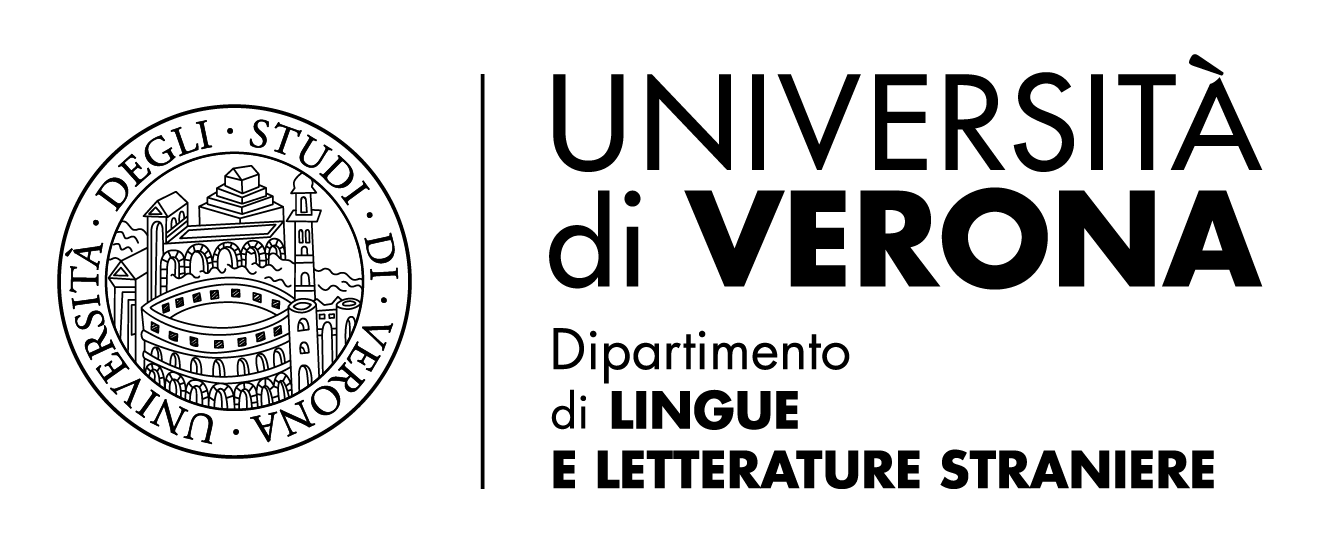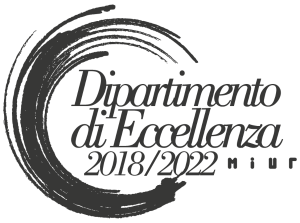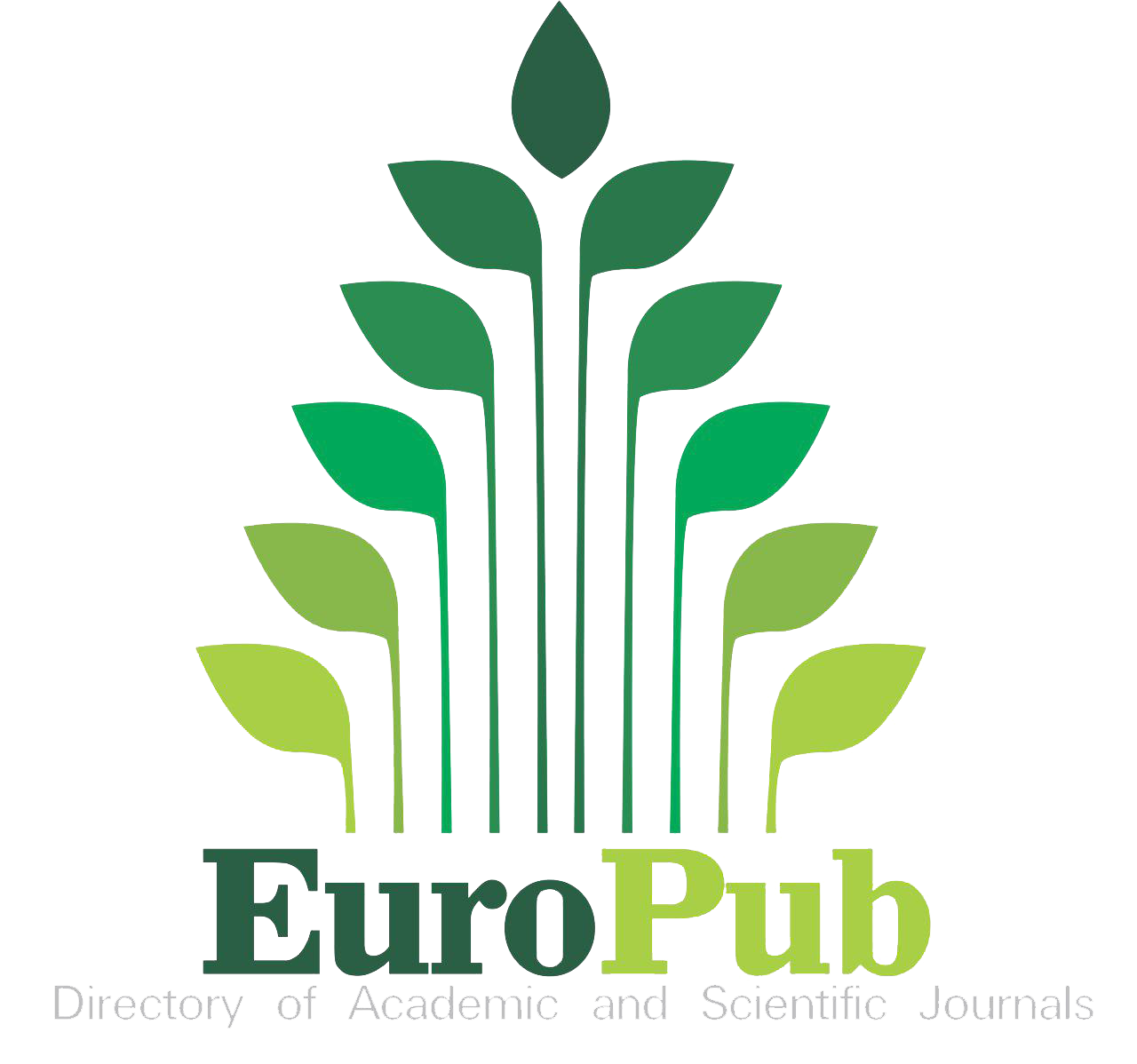Figurative Language between Transparency and Persuasion
A Multimodal Analysis of Transport for London Instagram Posts
DOI:
https://doi.org/10.13136/2281-4582/2025.i25.1511Keywords:
figurative language, metaphor, metonymy, social media, transparencyAbstract
This paper examines the use of figurative language, specifically metaphors and metonymies, in Transport for London (TfL)’s Instagram profile. Drawing on Conceptual Metaphor Theory (Lakoff and Johnson 1980) and Radden and Kövecses’ (1999) taxonomy, the study investigates how figurative language possibly contributes to transparent communication and engagement in the TfL’s Instagram posts. The advent of social media platforms has transformed the way public bodies, such as TfL, engage with citizens, stakeholders, and the wider public. This research aims to provide insights into how public bodies use figurative language on social media platforms, focusing on verbal and visual modes of communication. Results reveal that TfL strategically employs metaphors and metonymies to promote services and shape brand image. Metaphorical imagery, such as tube stop symbols representing locations, serves to showcase TfL’s extensive network and to encourage user interaction. Therefore, figurative language seems to be primarily used for promotional purposes, rather than to provide information about the services. The study emphasises the importance of integrating figurative language with factual information to enhance transparent communication.
References
Alborzi, Pezhman. “The Relationship between Passengers’ Satisfaction of Urban Road Transport Services and their Sense of Belonging.” Environmental Management and Sustainable Development 10.3 (2021): 89-96.
Alshehri, Mohammed and Steve Drew. “E-Government Fundamentals.” MCCSIS 2010. IADIS Multi Conference on Computer Science and Information Systems. Freiburg, Germany 29-31 July. Proceedings of the Iadis International Conference ICT, Society and Human Beings 2010. Edited by Gunilla Bradley. Freiburg: IADIS Press, 2010. 35-42.
Ashford, David. London Underground: A Cultural Geography. Oxford: Oxford University Press, 2013.
Ball, Carolyn. “What is Transparency?” Public Integrity 11.4 (2009): 293-308.
Ball, Ian. “New Development: Transparency in the Public Sector.” Public Money & Management 32.1 (2012): 35-40.
Bertot, John C., Paul T. Jaeger and Justin M. Grimes. “Using ICTs to Create a Culture of Transparency: E-Government and Social Media as Openness and Anti-corruption Tools for Societies.” Government Information Quarterly 27.3 (2010): 264-271.
Biernacka, Ewa. A Discourse Dynamics Investigation of Metonymy in Talk. PhD Thesis. Milton Keynes: The Open University, 2013.
Bolognesi, Marianna and Francesca Strik Lievers. “How Language and Image Construct Synaesthetic Metaphors in Print Advertising.” Visual Communication 19.4 (2020): 431-457.
Bolognesi, Marianna and Paola Vernillo. “How Abstract Concepts Emerge from Metaphorical Images: The Metonymic Way.” Language & Communication 69 (2019): 26-41.
Bou-Franch, Patricia and Pilar Garcés-Conejos Blitvich. “How Social Media Shape Identities and Discourses in Professional Digital Settings: Self-Communication or Self-Branding?” Analyzing Digital Discourse: New Insights and Future Directions. Edited by Patricia Bou-Franch and Pilar Garcés-Conejos Blitvich. Cham: Springer, 2019. 251-281.
Centeno, Clara, Rene van Bavel and Jean-Claude Burgelman. “A Prospective View of E‑Government in the European Union.” Electronic Journal of e-Government 3.2 (2005): 83-90.
Chilton, Paul. Analysing Political Discourse: Theory and Practice. London: Routledge, 2004.
Chouliaraki, Lilie and Morsing Mette, edited by. Media, Organizations and Identity. Basingstoke: Palgrave Macmillan, 2009.
Cook, Haruko Minegishi. “Language Socialization and Stance-Taking Practices.” The Handbook of Language Socialization. Edited by Alessandro Duranti, Elinor Ochs and Bambi B. Schieffelin. Malden: Wiley-Blackwell, 2011. 296-321.
Criado, J. Ignacio, Rodrigo Sandoval-Almazan and J. Ramon Gil-Garcia. “Government Innovation through Social Media.” Government Information Quarterly 30.4 (2013): 319-326.
Deignan, Alice, Elena Semino and Shirley-Anne Paul. “Metaphors of Climate Science in Three Genres: Research Articles, Educational Texts, and Secondary School Student Talk.” Applied Linguistics 40.2 (2019): 379-403.
Demata, Massimiliano, Dermot Heaney and Susan Herring. “Language and Discourse in Social Media: New Challenges, New Approaches.” Altre Modernità (2018): 1-10.
Diani, Giuliana and Ilaria Iori. “Environmental Communication and Metaphors: The Case of Italian Blogs.” Quaderni del Cirm. Roma: Tab Edizioni, 2024. 29-50.
Fang, Zhiyuan. “E-Government in Digital Era: Concept, Practice, and Development.” International Journal of the Computer, the Internet and Management 10.2 (2002): 1-22.
Ferrari, Federica. Metaphor and Persuasion in Strategic Communication: Sustainable Perspectives. London: Routledge, 2018.
---. “Metaphor at Work in the Analysis of Political Discourse: Investigating a ‘Preventive War’ Persuasion Strategy.” Discourse & Society 18.5 (2007): 603-625.
Forceville, Charles. “Metonymy in Visual and Audiovisual Discourse.” The World Told and the World Shown: Multisemiotic Issues. Edited by Eija Ventola and Arsenio Jesús Moya Guijarro. London: Palgrave Macmillan, 2009. 56-74.
---. Pictorial Metaphor in Advertising. 1996. London: Routledge, 2002.
Gunawong, Panom. “Open Government and Social Media: A Focus on Transparency.” Social Science Computer Review 33.5 (2015): 587-598.
Herring, Susan C. “The Coevolution of Computer-Mediated Communication and Computer-Mediated Discourse Analysis.” Analyzing Digital Discourse: New Insights and Future Directions. Edited by Patricia Bou-Franch and Pilar Garcés-Conejos Blitvich. Cham: Springer, 2019. 25-67.
Jenkins, Henry. Convergence Culture: Where Old and New Media Collide. New York: New York University Press, 2006.
Keller, Kevin Lane. “Conceptualizing, Measuring, and Managing Customer-Based Brand Equity.” Journal of Marketing 57.1 (1993): 1-22.
Koller, Veronika. “Brand Images: Multimodal Metaphor in Corporate Branding Messages.” Multimodal Metaphor. Edited by Charles J. Forceville and Eduardo Urios-Aparisi. Berlin: Mouton de Gruyter, 2009. 45-72.
Koskela, Merja and Belinda Crawford Camiciottoli. “Different Paths from Transparency to Trust?: A Comparative Analysis of Finnish and Italian Listed Companies’ Investor Relations Communication Practices.” Studies in Communication Sciences 20.1 (2020): 59-76.
Lakoff, George and Mark Johnson. Metaphors We Live By. Chicago: University of Chicago Press, 1980.
Lakoff, George and Mark Turner. More than Cool Reason: A Field Guide to Poetic Metaphor. 1989. Chicago: University of Chicago Press, 2009.
Littlemore, Jeannette. Metonymy: Hidden Shortcuts in Language, Thought and Communication. Cambridge: Cambridge University Press, 2015.
Low, George S. and Charles W. Lamb. “The Measurement and Dimensionality of Brand Associations.” Journal of Product and Brand Management 9.6 (2000): 350-370.
Makhubu, Absalom. “A Democratic City?: The Impact of Public Transport Networks on Social Cohesion.” International Planning History Society Proceedings 17.3 (2016): 223-234.
Mattioli, Giulio. “Transport Needs in a Climate-constrained World. A Novel Framework to Reconcile Social and Environmental Sustainability in Transport.” Energy Research & Social Science 18 (2016): 118-128.
Miller, Patrick, et al. “Public Transportation and Sustainability: A Review.” KSCE Journal of Civil Engineering 20.3 (2016): 1076-1083.
O’Reilly, Tim. “What is Web 2.0? Design Patterns and Business Models for the Next Generation of Software.” O’Reilly Network Website 30 September 2005. www.oreillynet.com/pub/a/oreilly/tim/news/2005/09/30/what-is-web-20.html. Last visited 12/03/2024.
Petroni, Sandra. “Digitality and Persuasive Technologies: Towards an SFL Model of New Social Actions and Practices in Digital Settings.” Systemic Functional Linguistics in the Digital Age. Edited by Steve Alsop and Sam Gardner. Sheffield: Equinox Publishing, 2016. 29-44.
---. “How Social Media Shape Identities and Discourses in Professional Digital Settings: Self-Communication or Self-Branding?” Analyzing Digital Discourse: New Insights and Future Directions. Edited by Patricia Bou-Franch and Pilar Garcés-Conejos Blitvich. Cham: Springer, 2019. 251-281.
---. Language in the Multimodal Web Domain. Rome: Aracne Editrice, 2011.
Poppi, Franca. “A Look Back at Early Economics Blogs: A Multimodal Analysis of Indexicality and Identity Construction”. Mediation and Multimodal Meaning Making in Digital Environments. Edited by Ilaria Moschini and Maria Grazia Sindoni. New York: Routledge, 2021. 133-148.
Radden, Günter and Zoltán Kövecses. “Towards a Theory of Metonymy.” Metonymy in Language and Thought. Edited by Klaus-Uwe Panther and Günter Radden. Amsterdam: John Benjamins Publishing Company, 1999. 17-59.
Refaie, Elisabeth El. “Understanding Visual Metaphor: The Example of Newspaper Cartoons.” Visual Communication 2.1 (2003): 75-95.
Schnackenberg, Andrew K. and Edward C. Tomlinson. “Organizational Transparency: A New Perspective on Managing Trust in Organization-Stakeholder Relationships.” Journal of Management 42.7 (2016):1784-1810.
Semino, Elena. Metaphor in Discourse. Cambridge: Cambridge University Press, 2008.
Song, Changsoo and Jooho Lee. “Citizens’ Use of Social Media in Government, Perceived Transparency, and Trust in Government.” Public Performance & Management Review 39.2 (2016): 430-453.
Sopory, Pradeep and James Price Dillard. “The Persuasive Effects of Metaphor: A Meta‐analysis.” Human Communication Research 28.3 (2002): 382-419.
Šorm, Ester and Gerard Steen. “VISMIP: Towards a Method for Visual Metaphor Identification.” Visual Metaphor: Structure and Process. Edited by Gerard Steen. Amsterdam: John Benjamins Publishing Company, 2018. 47-88.
Steen, Gerard J., et al. A Method for Linguistic Metaphor Identification: From MIP to MIPVU. Amsterdam: John Benjamins Publishing Company, 2010.
Tam, Audrey and Clement Ho Cheung Leung. “Structured Natural-Language Descriptions for Semantic Content Retrieval of Visual Materials.” Journal of the American Society for Information Science and Technology 52.11 (2001): 930-937.
Wyatt, Sally. “Metaphors in Critical Internet and Digital Media Studies.” New Media & Society 23.2 (2021): 406-416.
Zappavigna, Michele. Discourse of Twitter and Social Media. London: Continuum, 2012.
Downloads
Published
Issue
Section
License
Copyright (c) 2025 Ilaria Iori, Mariasophia Falcone

This work is licensed under a Creative Commons Attribution 4.0 International License.
Iperstoria is an Open Access journal.
- Authors retain copyright and grant the journal right of first publication with the work simultaneously licensed under a Creative Commons Attribution 4.0 BY License that allows others to share the work with an acknowledgement of the work's authorship and initial publication in this journal.
- Authors are able to enter into separate, additional contractual arrangements for the non-exclusive distribution of the journal's published version of their work (e.g., post it to an institutional repository or publish it in a book), with an acknowledgement of its initial publication in this journal. We kindly ask authors to inform us of any instances of re-publication.







